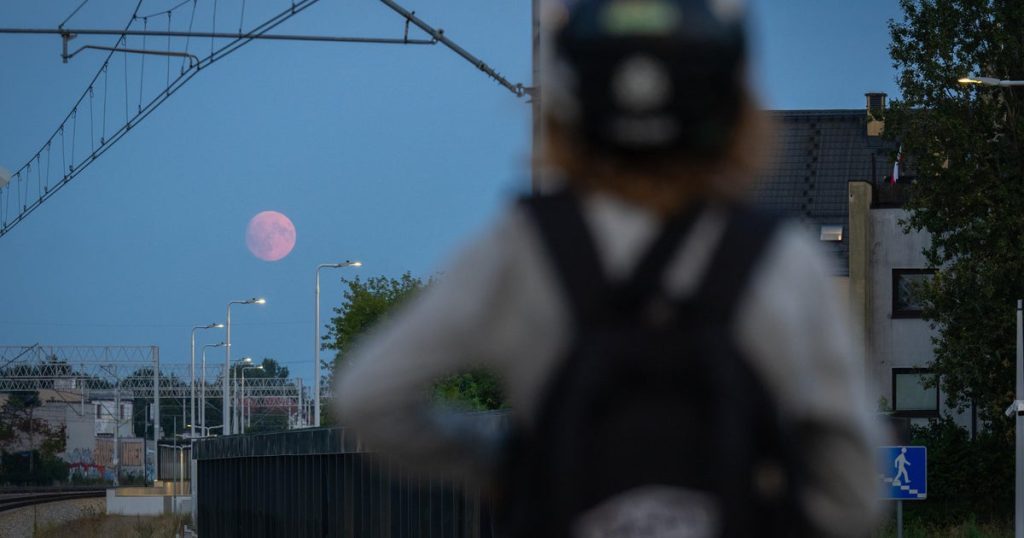Perseids meteor shower will peak next week. But will the moon ruin it for viewers?

The Perseids meteor shower — considered one of the best shows in the sky — is set to peak next week. But the peak for fireballs shooting through the night sky coincides this year with a bright moon that is expected to negatively impact visibility for eager viewers.
The Perseids peak in 2025 is Aug. 12-13, specifically early next Wednesday for those in North America. At that time, the moon will be 84% full, according to the American Meteor Society.
“In 2025, the waning gibbous moon will severely compromise this shower at the time of maximum activity,” the organization says. “Such conditions will reduce activity by at least 75 percent as only the brighter meteors will be visible.”
Viewers this year can expect to see between 10-20 Perseids each hour, as opposed to 50 Perseids per hour under darker conditions, it says.
“The strength of each Perseid display varies year to year, mainly due to lunar conditions,” writes Robert Lunsford with the American Meteor Society. “If a bright moon is above the horizon during the night of maximum activity, then the display will be reduced. Most of the Perseid meteors are faint and bright moonlight will make it difficult to view.”
The Perseids meteor shower has been ongoing for several weeks. It started in mid-July and will continue until Aug. 23.
A planetarium program coordinator at a museum in St. Paul, Minnesota, is advising people to instead go out a week or so past the peak when the moon isn’t so bright.
The Perseids “are an incredible meteor shower,” Thaddeus LaCoursiere, of the Bell Museum, told The Associated Press.
NASA says the best time to view the Perseids is early in the morning, before the sun comes up, in the Northern Hemisphere. However, meteors sometimes can be seen as early as 10 p.m.
When looking at the Perseids, they appear to come from the constellation Perseus, which is why this meteor shower has its name. But the meteors don’t originate from the constellation; they are space debris left by a comet. That debris interacts with Earth’s atmosphere, disintegrating and resulting in colorful lines in the sky, according to NASA and the American Meteor Society.
“The pieces of space debris that interact with our atmosphere to create the Perseids originate from comet 109P/Swift-Tuttle,” which last visited the inner solar system in 1992, NASA says.
During peak, next Tuesday night and Wednesday morning, the Earth will pass closest to the core orbit of comet 109P/Swift-Tuttle, Lunsford writes.
“To view the Perseids successfully, it is suggested you watch from a safe rural area that is as dark as possible,” he says. “The more stars you can see, the more meteors will also be visible.”
Perseids meteor shower will peak next week. But will the moon ruin it for viewers?
#Perseids #meteor #shower #peak #week #moon #ruin #viewers





